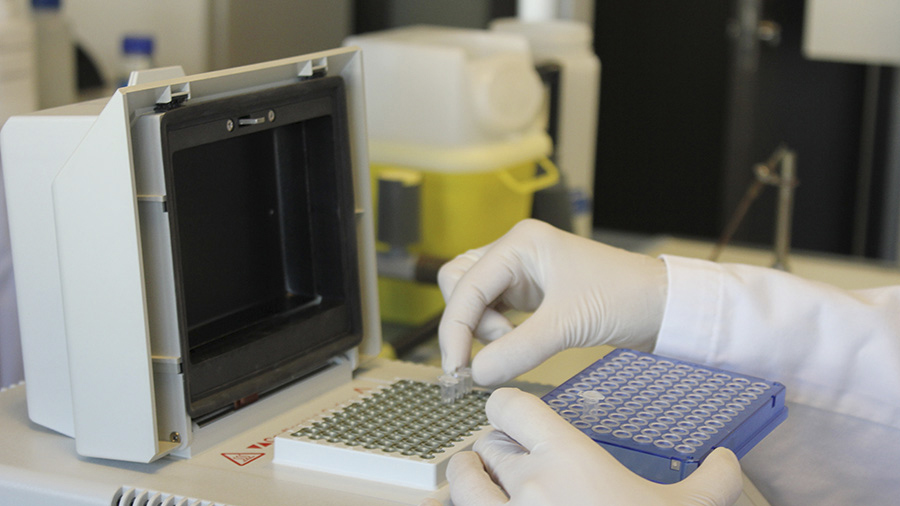The UAB has launched a new campaign to raise funds to study a gene therapy for adenylsuccinate lyase deficiency (ADSL), a rare genetic disease suffered by about 80 children in the world, including two brothers from Cambrils, Anton and Andreu.

Adenylsuccinate lyase deficiency (ADSL) is an ultra-rare genetic disease characterised by intellectual disability, psychomotor retardation and regression, seizures and autistic traits. Currently about 80 cases have been diagnosed worldwide, but many more are believed to be undiagnosed because of the heterogeneity of the disease and the paucity of research. Symptoms usually appear at very young ages and currently have no clinical solution.
The disease is due to a disorder in purine metabolism evidenced by the presence of two dephosphorylated substrates of the ADSL enzyme in cerebrospinal fluid, urine and blood plasma: succinylaminoimidazole carboxamide riboside (SAICAr) and succinyladenosine (S-Ado).
Anton and Andreu are two brothers aged 10 and 8 years from Cambrils, Tarragona, who suffer from this disease. Their parents have created the Antian Foundation to raise funds for research into this disease and foster gene therapy studies, led by researchers Assumpció Bosch and Miguel Chillón from the Gene Therapy Group for the Central Nervous System at the UAB Institut de Neurociències and the Hospital Vall d'Hebron Research Institute (VHIR).
The treatment proposed by the UAB research group aims to use gene therapy tools that allow transporting to the patient's cells a functional substitution copy of a defectous gene with the objective of stopping or correcting the progression of the disease.
The first step will involve generating induced pluripotent stem cell lines using fibroblasts from the two brothers, which will then be reprogrammed into neurons. This will allow studying and understanding which cell processes have alterations, without having to continuously take samples from the patients. These cell lines will also allow researchers to evaluate the effectiveness of state-of-the-art therapy strategies, such as gene therapy with AAV vectors, a field in which this UAB and VHIR research group has years of experience.
The followin phase will focus on the creation of a biosafe product that can transport a correct copy of the ADSL gene.






